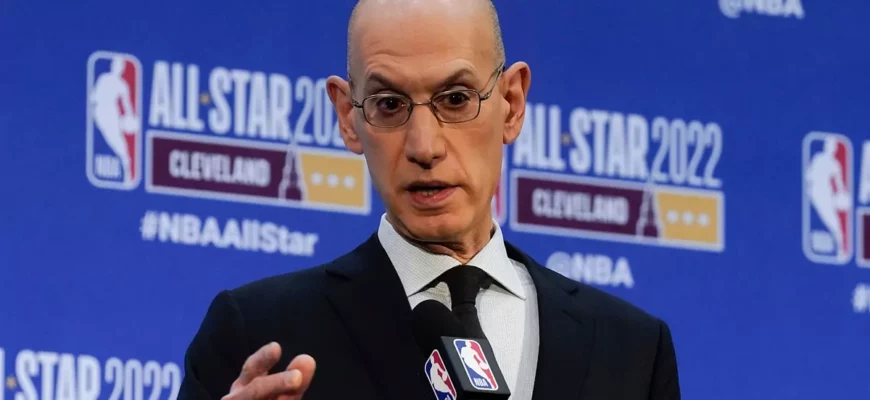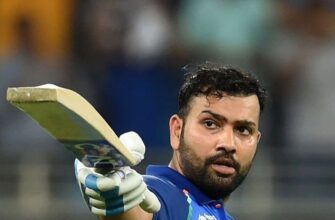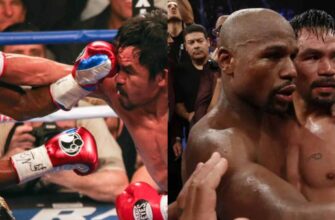The National Basketball Association, long a bastion of American sporting dominance, is poised for its most ambitious expansion yet. Commissioner Adam Silver has unveiled a vision that transcends mere international outreach, proposing a future where top-tier clubs from Europe and Africa could directly compete against established NBA franchises in meaningful, high-stakes games. This isn`t just about exhibition matches; it`s about fundamentally reshaping the global basketball landscape, an initiative that promises to redefine competitive boundaries and fan engagement worldwide.
A New European Frontier: The League as Catalyst
At the heart of Silver`s grand design is the establishment of a new, robust European basketball league, tentatively scheduled to commence operations in 2027 or 2028. This isn`t a mere development circuit; it`s envisioned as a formidable proving ground, cultivating talent and competition to a standard worthy of integration with the NBA itself. Initial discussions have reportedly included iconic clubs such as Real Madrid, a powerhouse in European football and basketball alike, signaling the caliber of organizations the NBA aims to attract.
The strategic move to launch such a league serves as a foundational step. By fostering strong, competitive entities overseas, the NBA builds a pipeline of potential contenders capable of challenging its North American counterparts. It`s a calculated investment in elevating the global game, creating a legitimate pathway for international teams to earn their place on a broader stage, rather than simply importing their best players.
Beyond Exhibitions: The Dawn of Cross-Continental Competition
While the NBA Global Games have successfully showcased the league`s stars across continents for decades, Adam Silver`s current vision pushes far beyond single-game spectacles. He outlines scenarios where international teams could directly participate in existing NBA structures:
- NBA Cup Integration: Imagine the midseason NBA Cup, traditionally an all-NBA affair, opening its doors to European or African champions. This would infuse the tournament with unprecedented international flair and provide a crucial, high-stakes test of cross-league competitive balance.
- Playoff Contention: The most audacious proposal involves top seeds from these new international leagues potentially earning berths in the NBA playoffs. The mere suggestion of a European champion battling an American Conference finalist might once have been considered science fiction, a compelling plotline for a sports drama. Yet, here we are, discussing it as a tangible future, one where the term “World Champion” truly earns its global gravitas.
- Regular Season Series: Looking further ahead, Silver foresees a time when transcontinental regular season play becomes feasible. He pragmatically compares the travel demands to existing cross-country flights within the U.S. “When I think of the flight from New York to L.A. for example, there`s no reason if we had 14 teams in Europe you couldn`t travel, play the Knicks or Nets, travel to London, play three, four times in Europe, come back home,” Silver remarked, highlighting the “very doable” nature of such logistics in the modern era. The challenge, it seems, is not merely geographical, but psychological and organizational.
The Global Game: A Confluence of Talent and Opportunity
This bold international pivot is not born of a vacuum. It`s a natural evolution driven by several undeniable trends that have been reshaping the sport for years:
- European Dominance in the NBA: The league has been increasingly shaped by international talent, particularly from Europe. Players like Nikola Jokic, Giannis Antetokounmpo, and Luka Doncic aren`t just stars; they are MVPs and champions, redefining the game and proving the depth of talent globally. Their success fuels the notion that entire European teams could hold their own.
- Rapid Growth of Basketball Overseas: The sport`s popularity continues to surge across Europe, Africa, and Asia. Tapping into these burgeoning markets represents not only an opportunity for fan engagement but also substantial revenue growth for the NBA, solidifying its position as a global entertainment powerhouse.
- Logistical Feasibility: Advancements in air travel, sports science, and player management make handling the rigors of transcontinental schedules increasingly viable. While challenging, the NBA has a history of adapting to and overcoming complex logistical hurdles, evolving its scheduling and travel protocols repeatedly.
The vision also extends to the exhibition format, with Silver recently discussing a revamp of the NBA All-Star Game. Moving away from a simple USA vs. World format, he suggested a more nuanced, nationalistic flair – perhaps combining regions – similar to recent successful international hockey tournaments. This indicates a consistent, comprehensive strategy to weave national pride and global competition into the league`s fabric, pushing beyond mere novelty.
Challenges Ahead, Unprecedented Rewards
Implementing such a monumental shift will undoubtedly present a myriad of challenges. Scheduling complexities that make the current 82-game season look simple, mitigating player health and travel fatigue, ensuring competitive balance between established and nascent leagues, and the seamless integration of distinct sporting cultures will require meticulous planning and creative solutions. One might initially scoff at the sheer logistical audacity of such a proposition, envisioning weary athletes perpetually battling jet lag and different officiating styles across continents. However, dismissing it out of hand would be to underestimate the NBA`s consistent innovation and its proven capacity to expand its footprint successfully over decades.
Yet, the potential rewards are equally immense. A truly global NBA could unlock vast new fan bases, solidify its position as the premier basketball league worldwide, and foster an unprecedented level of international competition that currently exists only in Olympic or World Cup formats. It’s an exciting, perhaps even inevitable, step towards a future where the “World Championship” truly lives up to its name, determined on a regular basis rather than every four years.
Adam Silver`s vision isn`t just about playing more games overseas; it`s about fundamentally redefining the boundaries of professional basketball. It`s an ambitious invitation for the world to not just watch the NBA, but to become an integral, competitive part of its evolving fabric, promising a future for the sport that is as interconnected as the modern world itself.







